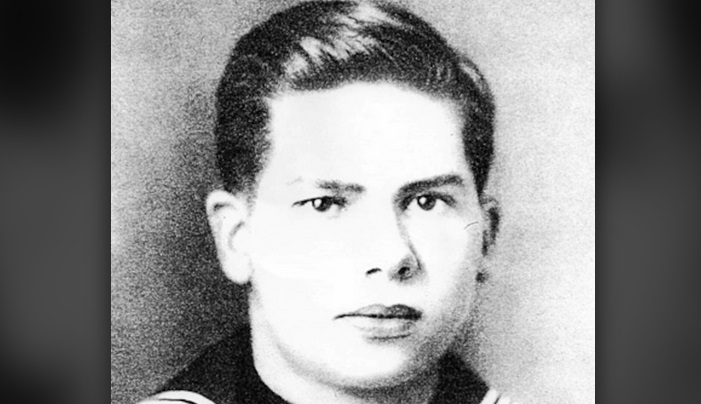Community
Massachusetts soldier whose remains were identified years after death finally getting well-deserved ceremony at Arlington

BOSTON, MA/WASHINGTON D.C. – A Massachusetts soldier that died 80 years ago while on duty is finally receiving a proper burial.
The Defense POW/MIA Accounting Agency previously announced that Navy Electrician’s Mate 3rd Class Roman W. Sadlowski, 21, of Pittsfield, Massachusetts, killed during World War II, was accounted for on Dec. 4, 2018.
Sadlowski will be buried with a ceremony at Arlington National Cemetery on Monday, according to the Boston Globe. The event had been postponed in part due to COVID.
According to the DPAA, on Dec. 7, 1941, Sadlowski was assigned to the battleship USS Oklahoma, which was moored at Ford Island, Pearl Harbor, when the ship was attacked by Japanese aircraft. The USS Oklahoma sustained multiple torpedo hits, which caused it to quickly capsize. The attack on the ship resulted in the deaths of 429 crewmen, including Sadlowski.
From December 1941 to June 1944, Navy personnel recovered the remains of the deceased crewmen, which were subsequently interred in the Halawa and Nu’uanu Cemeteries.
In September 1947, tasked with recovering and identifying fallen U.S. personnel in the Pacific Theater, members of the American Graves Registration Service disinterred the remains of U.S. casualties from the two cemeteries and transferred them to the Central Identification Laboratory at Schofield Barracks. The laboratory staff was only able to confirm the identifications of 35 men from the USS Oklahoma at that time. The AGRS subsequently buried the unidentified remains in 46 plots at the National Memorial Cemetery of the Pacific (NMCP), known as the Punchbowl, in Honolulu. In October 1949, a military board classified those who could not be identified as non-recoverable, including Sadlowski.
Between June and November 2015, DPAA personnel exhumed the USS Oklahoma Unknown remains from the Punchbowl for analysis.
¬
To identify Sadlowski’s remains, scientists from DPAA used anthropological analysis, as well as circumstantial and material evidence. Additionally, scientists from the Armed Forces Medical Examiner System used mitochondrial DNA analysis.





You must be logged in to post a comment Login